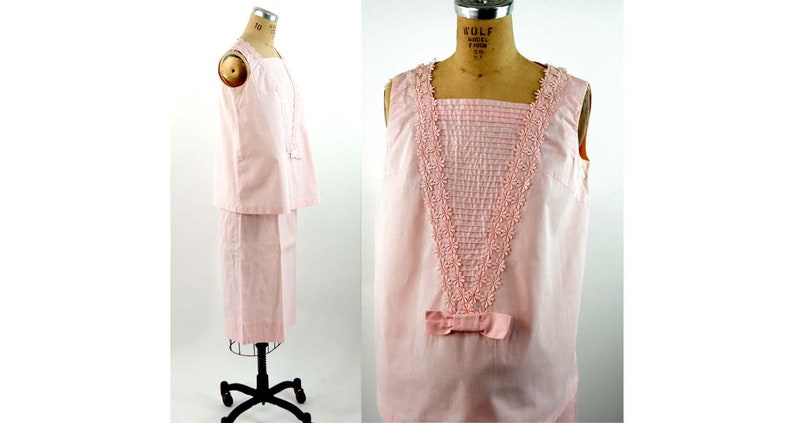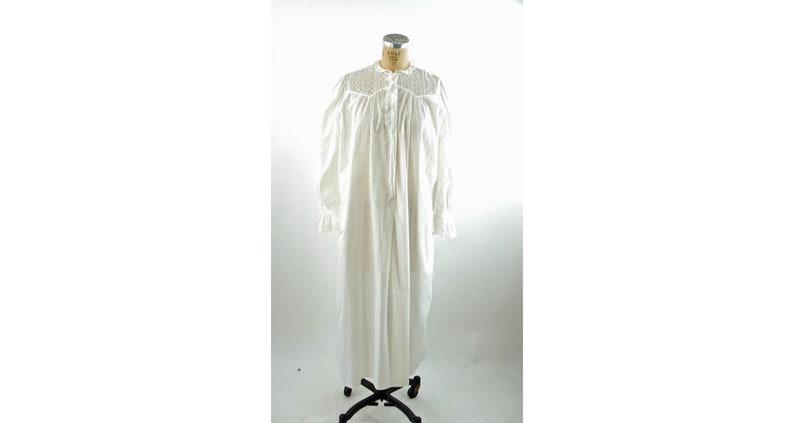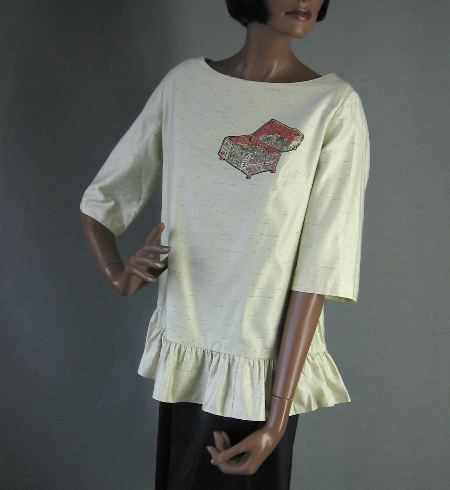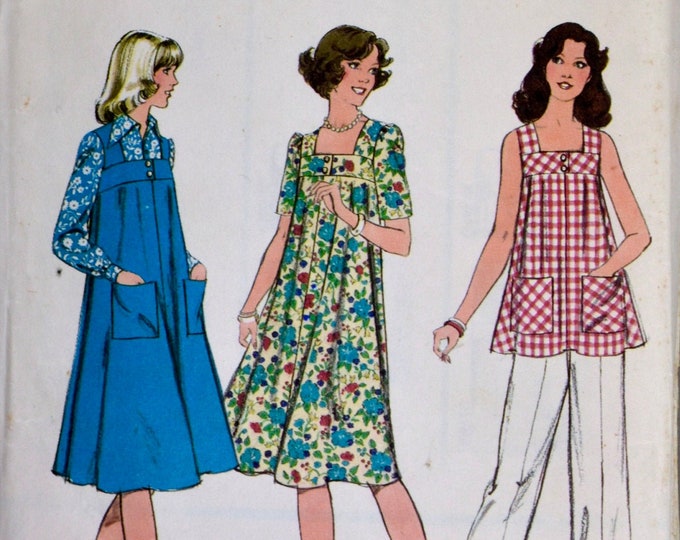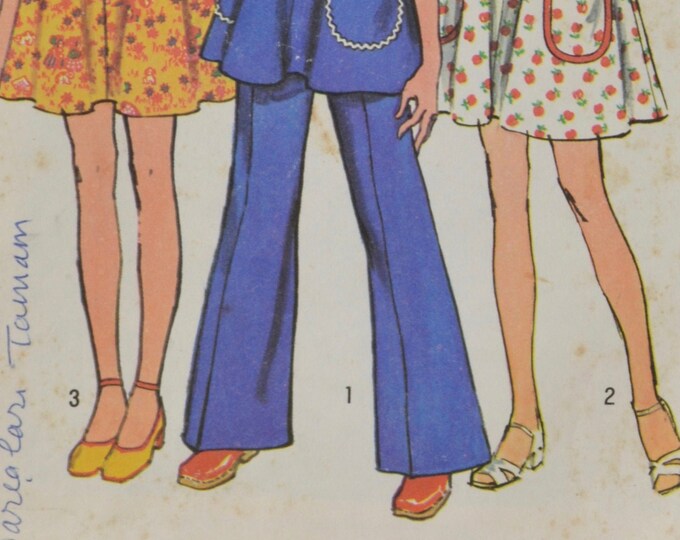carla rey
VFG Member
Great Expectations
Maternity wear isn’t new, although it has evolved greatly in the past 150 years. There were pregnancy undergarments as far back as the 1810s, and maternity sewing patterns sold by the last decade of the 19th century, although many women altered the clothes in their closet rather than purchase or make something new.
By the early 1900s there were more maternity clothing options, particularly thanks to Lane Bryant, which is said to have made the first maternity dress in 1904. Loose, flowing clothes were favored through the 1920s, and wrap dresses and adjustable waistbands were the thing in the 1930s and 40s.
By the 1950s, separates and loose tops were in vogue for expectant mothers, who were more and more apt to purchase clothing especially for those nine months. The maternity fashion label Page Boy patented a skirt with a U-shaped cutout and an adjustable tie at the waist, paired with a long matching jacket. By the 1960s and 70s, maternity fashion mirrored other fashions, with miniskirts, and, increasingly, form-fitting clothing showing off baby bumps—a long way from Victorian days.
Look for some punny labels in vintage maternity wear: Coming Attraction, Hi-Stork, An Heir Conditioned Maternity, Mrs. America, Stork-a-Lure. For modern mothers-to-be, there are specific maternity fashion choices from many eras, plus vintage clothing staples that can work well for maternity: Trapeze dresses, smocks, swing coats, empire and dropped waists, wrap and adjustable waists, kimonos, cloaks and capes, and body-con knits. What will you wear when you’re becoming a-parent? For our parade this week, the VFG offers you a choice—to meet your great expectations!
Maternity wear isn’t new, although it has evolved greatly in the past 150 years. There were pregnancy undergarments as far back as the 1810s, and maternity sewing patterns sold by the last decade of the 19th century, although many women altered the clothes in their closet rather than purchase or make something new.
By the early 1900s there were more maternity clothing options, particularly thanks to Lane Bryant, which is said to have made the first maternity dress in 1904. Loose, flowing clothes were favored through the 1920s, and wrap dresses and adjustable waistbands were the thing in the 1930s and 40s.
By the 1950s, separates and loose tops were in vogue for expectant mothers, who were more and more apt to purchase clothing especially for those nine months. The maternity fashion label Page Boy patented a skirt with a U-shaped cutout and an adjustable tie at the waist, paired with a long matching jacket. By the 1960s and 70s, maternity fashion mirrored other fashions, with miniskirts, and, increasingly, form-fitting clothing showing off baby bumps—a long way from Victorian days.
Look for some punny labels in vintage maternity wear: Coming Attraction, Hi-Stork, An Heir Conditioned Maternity, Mrs. America, Stork-a-Lure. For modern mothers-to-be, there are specific maternity fashion choices from many eras, plus vintage clothing staples that can work well for maternity: Trapeze dresses, smocks, swing coats, empire and dropped waists, wrap and adjustable waists, kimonos, cloaks and capes, and body-con knits. What will you wear when you’re becoming a-parent? For our parade this week, the VFG offers you a choice—to meet your great expectations!
Last edited by a moderator:
